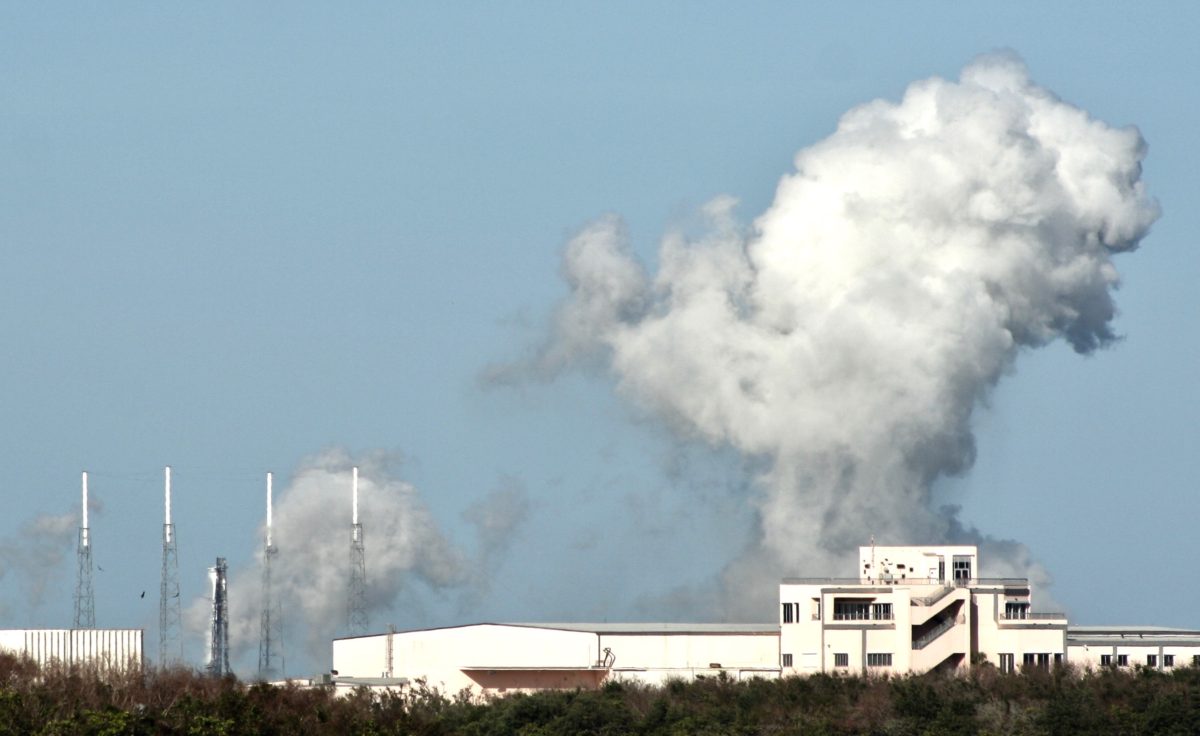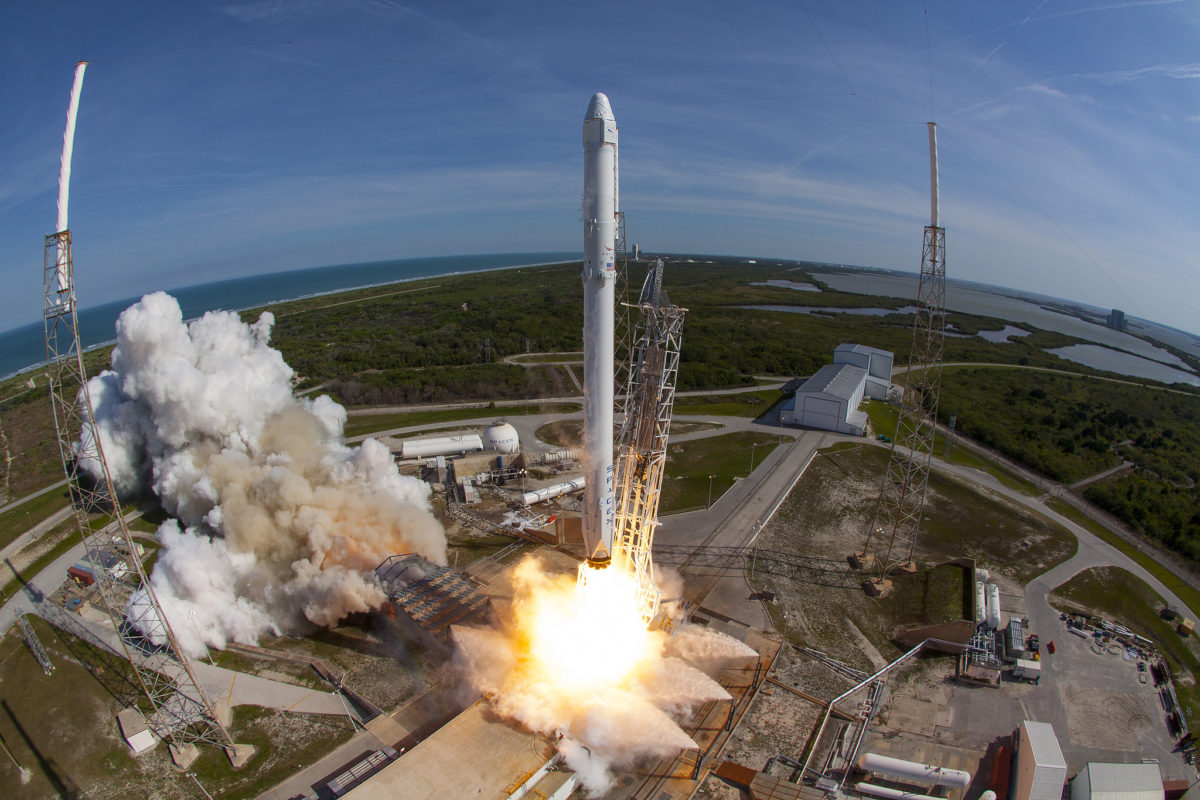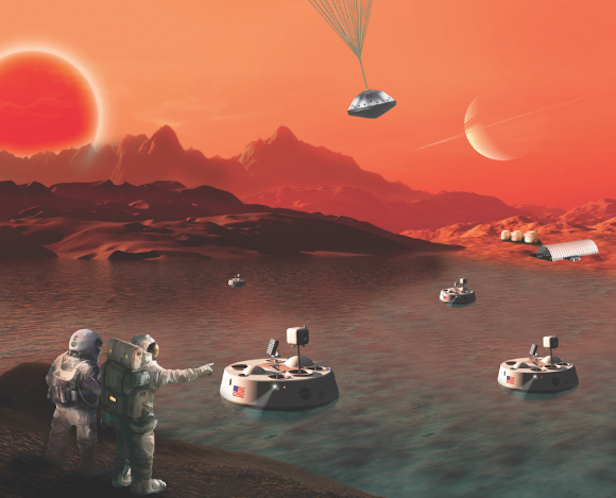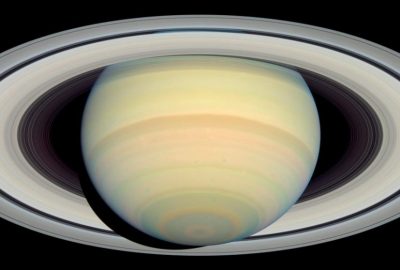The Elon Musk-founded private launch provider SpaceX, has marked its return to Space Launch Complex 40 at Cape Canaveral on Tuesday with the familiar plumes of fuel exhaust. They did so by firing up the 9 Merlin engines that will power a Falcon 9 rocket currently vertical on the launch pad days away from its mission.
The hold-down test fire is a routine measure taken before every SpaceX launch to ensure the health of the engines and launch vehicle.
SLC 40 was destroyed last year when SpaceX was about to test-fire a Falcon 9 before a satellite launch––a satellite that was already loaded into the rocket’s fairing. The expensive customer payload, the Amos-6, the rocket, and the launch pad were destroyed when a spark that ignited in a fuel tank resulted in a massive explosion.
The company that owned the Amos-6 satellite has since agreed to launch with SpaceX again in the future. After all, they do have a voucher for a free flight.
The Falcon 9 that will bring Pad 40 back to life has flown for a previous mission and has been refurbished for another flight. One thing noticeable about this booster is that it’s still covered in soot from its previous high-velocity re-entry.
The Falcon 9’s previous launch was from nearby Apollo Pad 39A, which SpaceX has used frequently this year to go head-to-head with the Russians for the number of successful missions this year. Pad 39A is now being prepped for the launch of the triple-booster Falcon Heavy rocket––touted to be the most powerful rocket in operation.
Now that the “flight-proven” Falcon 9 has undergone a successful static fire, it will be used to launch Cargo Resupply Mission 13 to the International Space Station.

The rocket has the distinct honor of being the first previously-used orbital rocket to fly a NASA mission. Also, in what will surely be a landmark launch for SpaceX’s reusable rocket development, the company will yet another NASA cargo run on a refurbished Dragon spacecraft.
The launch has been pushed a few times but is now slated for Tuesday, December 12th at 11:46 AM Eastern. Dragon will be loaded with almost 4,800 pounds of supplies, hardware, and science bound for Expedition Crew 53 aboard the orbiting laboratory.
Rocket and spacecraft for CRS-13 are flight-proven. Falcon 9’s first stage previously launched SpaceX’s eleventh resupply mission for @NASA, and Dragon flew to the @Space_Station in support of our sixth cargo resupply mission. pic.twitter.com/RY4F2TrWO2
— SpaceX (@SpaceX) December 6, 2017
About 10 minutes after the Falcon 9 lifts off from pad 40, Dragon will reach its preliminary orbit, deploy its solar arrays, and begin firing its small Draco thrusters to reach the space station. NASA crew Joe Acaba and Mark Vande Hei will utilize Canadarm to capture the spacecraft and assist in getting it robotically installed to the Harmony module.
The CRS13 Dragon is scheduled to depart the ISS on January 13th, 2018.
A little over 8 minutes after the Falcon 9 booster separates from the second stage and Dragon, it will perform a boost back maneuver and come roaring back to Landing Zone 1 at Cape Canaveral. Touchdown will be followed shortly by a sonic boom.
You can watch a live feed of Cargo Resupply Mission 13 via SpaceX or NASA TV.
Photo credit: SpaceX
 Robin Seemangal is a Space Reporter, with a focus on NASA and advocacy for space exploration for the New York Observer. He’s also written for Popular Science and Wired Magazine. He was born and raised in Brooklyn, where he currently resides. You can find him on Twitter and Instagram.
Robin Seemangal is a Space Reporter, with a focus on NASA and advocacy for space exploration for the New York Observer. He’s also written for Popular Science and Wired Magazine. He was born and raised in Brooklyn, where he currently resides. You can find him on Twitter and Instagram.









